Ancient History looks at every aspect of the ancient world: you'll find articles covering politics, society, literature, language, religion, economics, and art - all in one magazine! Like its big brother, Ancient Warfare, Ancient History Magazine is a bi-monthly, 60-page magazine that relies on a thematic approach: each issue is centered around one specific subject. From ancient Egyptian trade and Roman family life to the lost city of Pompeii, there's sure to be something for everyone - all presented in a well-researched but accessible, fun manner.
Ancient History Magazine
PRELIMINARIES
EDITORIAL – HISTORY AMIDST MYTH
Vesuvius: a tale of two cities
Lost work by Ptolemy found inside another book
Ancient grapes might save modern winemaking
Genetic diversity in the Xiongnu empire
THE FORGER'S TREMOR • If one ancient text should be given the title “most bizarre ancient dis covery of the twentieth century”, the Secret Gospel of Mark is a suit able candidate. The only thing we know for certain is that it existed.
FIRST-CENTURY MARK
A quiet revolution • By the mid-fourth century BC, a quiet architectural revolution had begun. The traditional Greek post-and-lintel method – hor- izontal beams or architraves supported by upright columns or pillars – was slowly being replaced by vaulted structures that eventually became a defining feature of Roman architecture.
WE GOTTA GO NOW • In modern times there is political, economic, and humanitarian interest in tracking displaced persons. In the ancient world there was little such interest, though that does not equate to a complete lack of insight. When an ancient person became displaced, what would they take with them? How did they decide where to go? Are there similarities between ancient and modern displaced persons?
THE INDICTMENT OF MADDUWATTA • The Indictment of Madduwatta is a draft of a letter from the Hittite king Arnuwanda I to a (former) vassal, Madduwatta. The aim of the indictment is unknown. It was perhaps the preamble to an official declaration of war, or a diplomatic attempt to remind him of the help he had always received from Hattusa. No other document found in Hittite, Egyptian, or other ancient archives of the time mentions this character, but what the incomplete text reveals is a vivid world of intense politics, warfare, treachery, personal goals, and intricacies of diplomatic relations.
MILLAWANDA • Hittite texts and archaeology attest to the presence of the My- cenaeans in western Anatolia. Nowhere were the Mycenae- ans more present than at Millawanda, Bronze Age Miletus. Even before the Mycenaeans, the Minoans had long inhab- ited the region, and they may have even founded Miletus.
WELL-WALLED WILUSA • The city of Troy ranks amongst the most famous places in human history. Immortalized in the poems of Homer, its remains have drawn visitors and scholars throughout the ages. More than 150 years of archaeological excavations have uncovered much of the city's citadel on a hill called Hisarlik and bits of the surrounding area. We know that the hill was inhabited (with some interruptions) for more than 4000 years.
Troy: a centre of trade?
Anatolian Apollo
THE LUWIAN QUESTION • Like all imperial powers, the Hittites appropriated more than the territories they annexed. Their con- quests, or attempts at conquest, caused socio-cul- tural reverberations throughout the Hittite realm with unanticipated political consequences. The fate of the Hittites and their empire was bound up in their relationship with an elusive entity, the nature of which continues to be debated in scholarship today. That entity is called ‘Luwian’, or ‘Luwians’.
THE PHRYGIAN MIGRATION • In 333 BC, Alexander the Great marched into Phrygian Gordion and cut the Gordian knot that was...
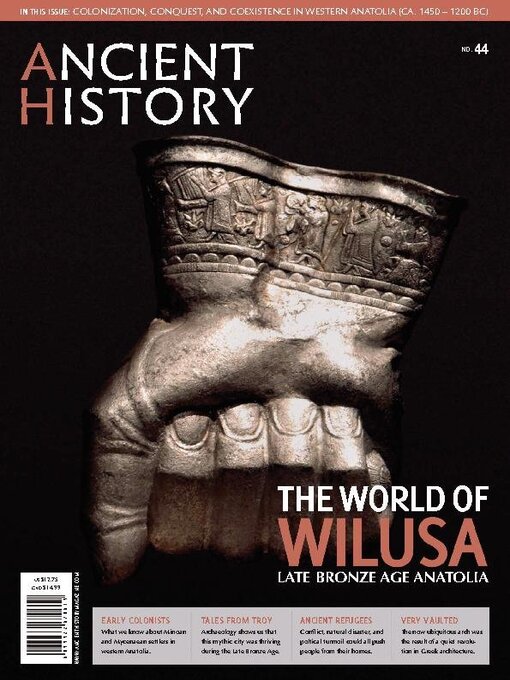
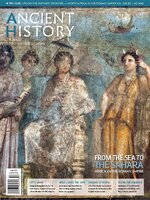 AH 52
AH 52
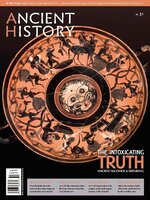 AH 51
AH 51
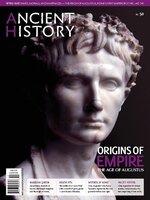 AH 50
AH 50
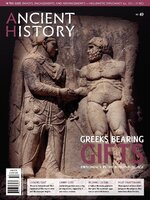 AH 49
AH 49
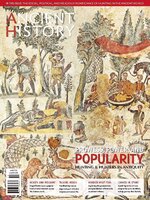 AH 48
AH 48
 AH 47
AH 47
 AH 46
AH 46
 AH 45
AH 45
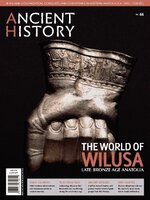 AH 44
AH 44
 AH 43
AH 43
 AH 42
AH 42
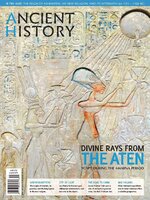 AH 41
AH 41
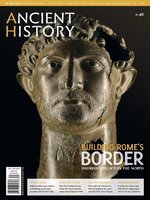 AH 40
AH 40
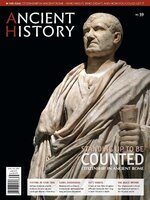 AH 39
AH 39
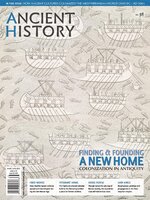 AH 38
AH 38
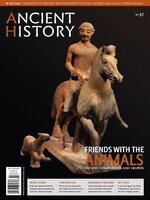 AH 37
AH 37
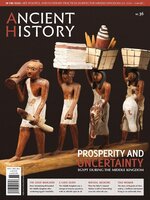 AH 36
AH 36
 AH 35
AH 35
